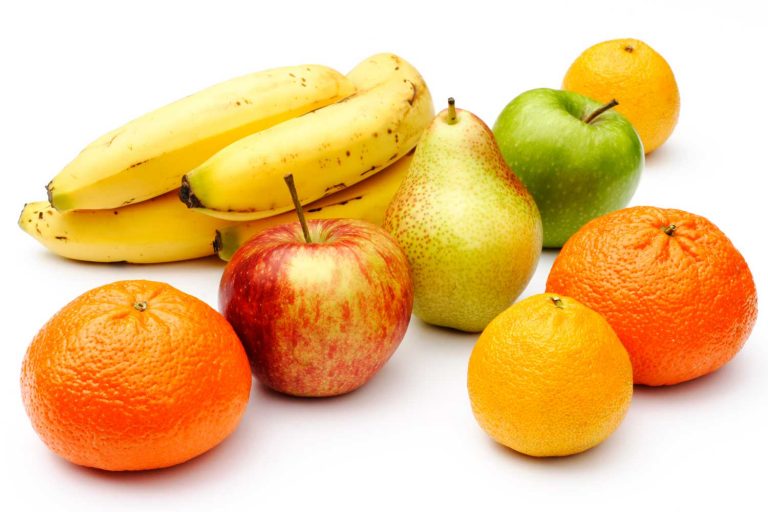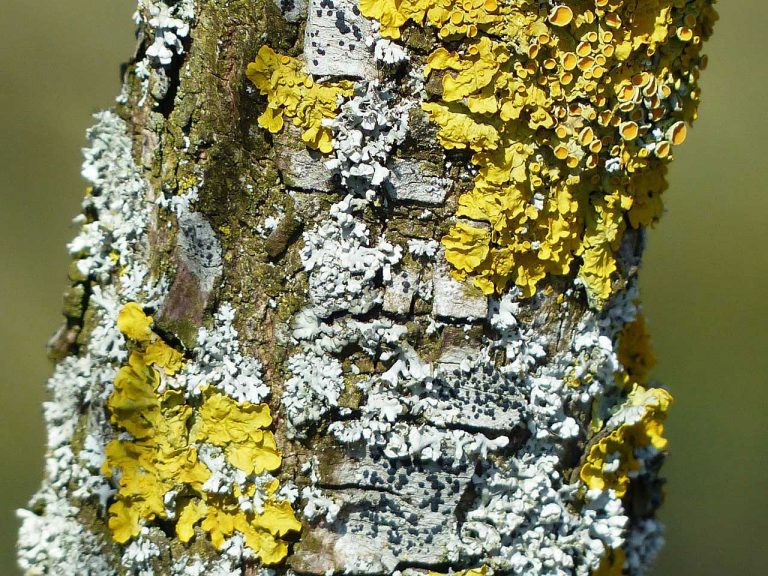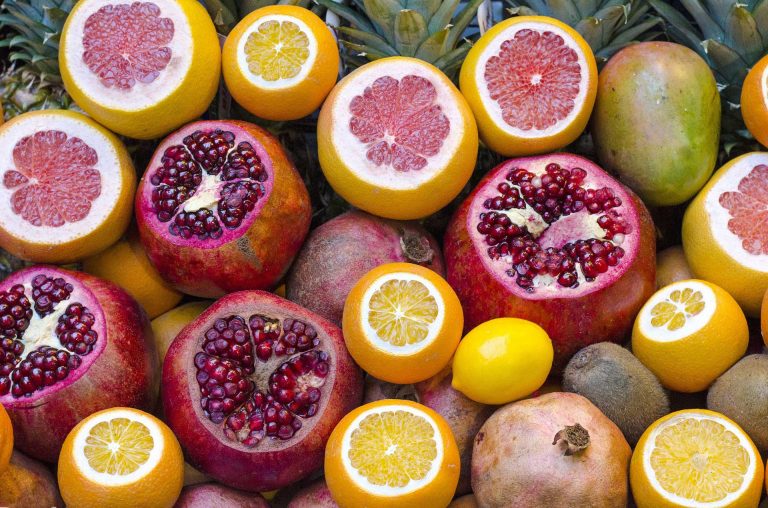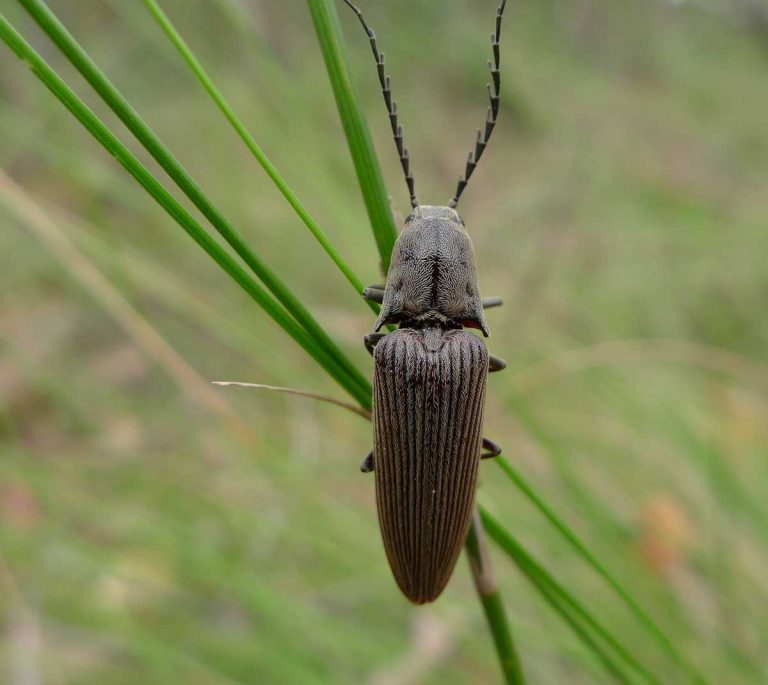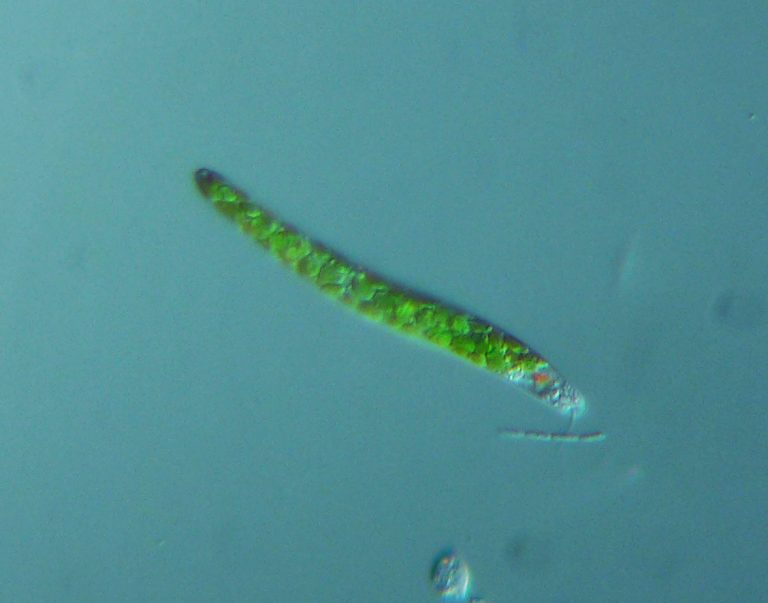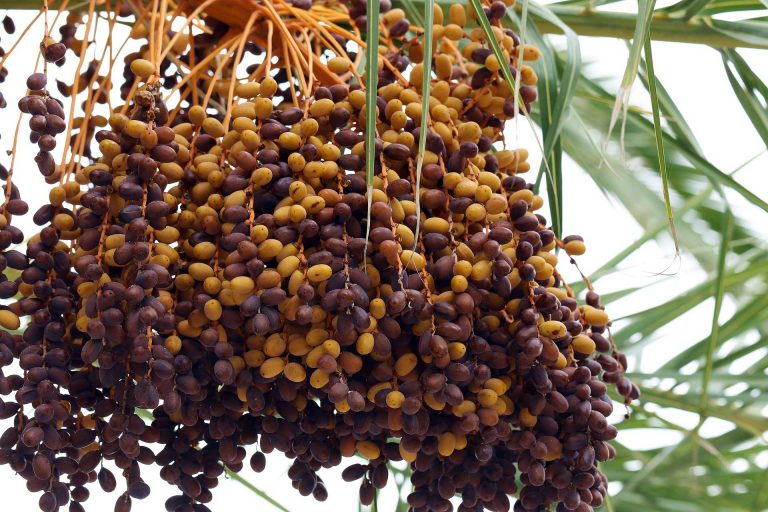Mushrooms
A toadstool or mushroom is the thick, pulpy, body of a fungus typically produced from spores that might readily grow on its source of food (as a parasite) or in soil. The cultivated button mushrooms, Agaricus bisporus, goes by the name mushroom, which paved way for naming the fungi having a stem (Stipe), caps (pileus), and gills or pores underneath the cap such as Basidiomycota, Agaricomycetes, as mushrooms.
Anatomy
Basically, edible mushroom is a developing body of fungi. It is quite different from normal plants. From spores, they develop into mycelium, threadlike networks, possessing strong enzymes to help enter into wood or organic materials for survival.
GROWING AT HOME
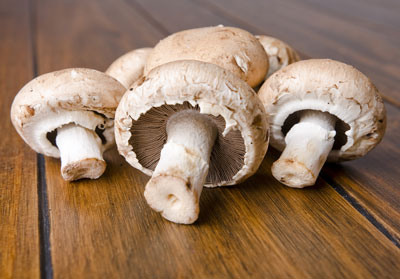
Soil for Planting
It is vital to choose the specific variety of mushroom for growing, as diverse types prefer different growing conditions. While some like button or portobellos prefer compost, others like to grow from woods and similar material (for example oyster).
Mushrooms usually prefer dark, moist and cool spots. Basements of houses are ideal, or any spot that is relatively dark and humid.
In case you are planning to cut down a tree, wait for the dormant season. Preserve the stump or the tough logs. Place them in a dark, moist place, to grow mushrooms.
Even though mushrooms are able to tolerate less light, growing them outdoors might lead to slow growth compared to the ones growing in controlled environments.
Planting
Remember that mushrooms do not originate from seeds. You can easily get different mushroom growing kits in the markets:
- The mushroom spawn (a unique blend of mushroom spores and valuable nutrients)
- Mushroom patches (mushroom spores blended with grains that you can use in soil or pots in the garden).
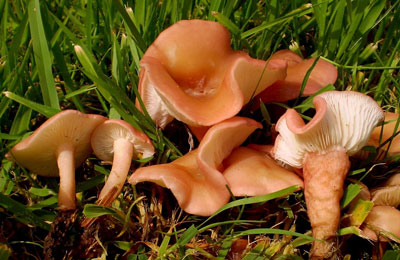
Photo by: Frank Gardiner
Mushroom emerges from tiny spores, for germination of plants where chlorophyll is not present. Thus, grains, wood chips, straw or other liquids provide great help for nourishing them externally.
The spawn facilitates the easy development of mycelium: small, threadlike, whitish roots in the mushrooms. First the mycelium develops, and makes way for the mushroom via the growing medium.
The substrate that you need to provide, will depend on the variety of mushroom, for example, logs, wood, cardboard or a unique mixture of cotton, cocoa seed, gypsum, supplements of nitrogen, and the like.
Temp and Humidity
While, majority of mushrooms prefer temperatures around 55-60 F Enoki grows best at 45 F. Check the temperature of the spot, and ensure it will not dry up the mushrooms with direct sunlight. Avoid summer for growing mushrooms.
Harvest Month and Storage
Button mushrooms tend to appear in three or four weeks. They are ready for plucking as soon as the caps widen. You can cut the stalks from the stem with the help of a sharp knife. Pulling with hands is not ideal, as it can damage the other growing fungi. Daily harvesting is possible for six months.
Varieties
Mushroom types commonly grown in homes are White Button, Oyster, Enoki, Crimini, Portobello, Shiitake, Maitake and the like.

Having discovered a fondness for insects while pursuing her degree in Biology, Randi Jones was quite bugged to know that people usually dismissed these little creatures as “creepy-crawlies”.


